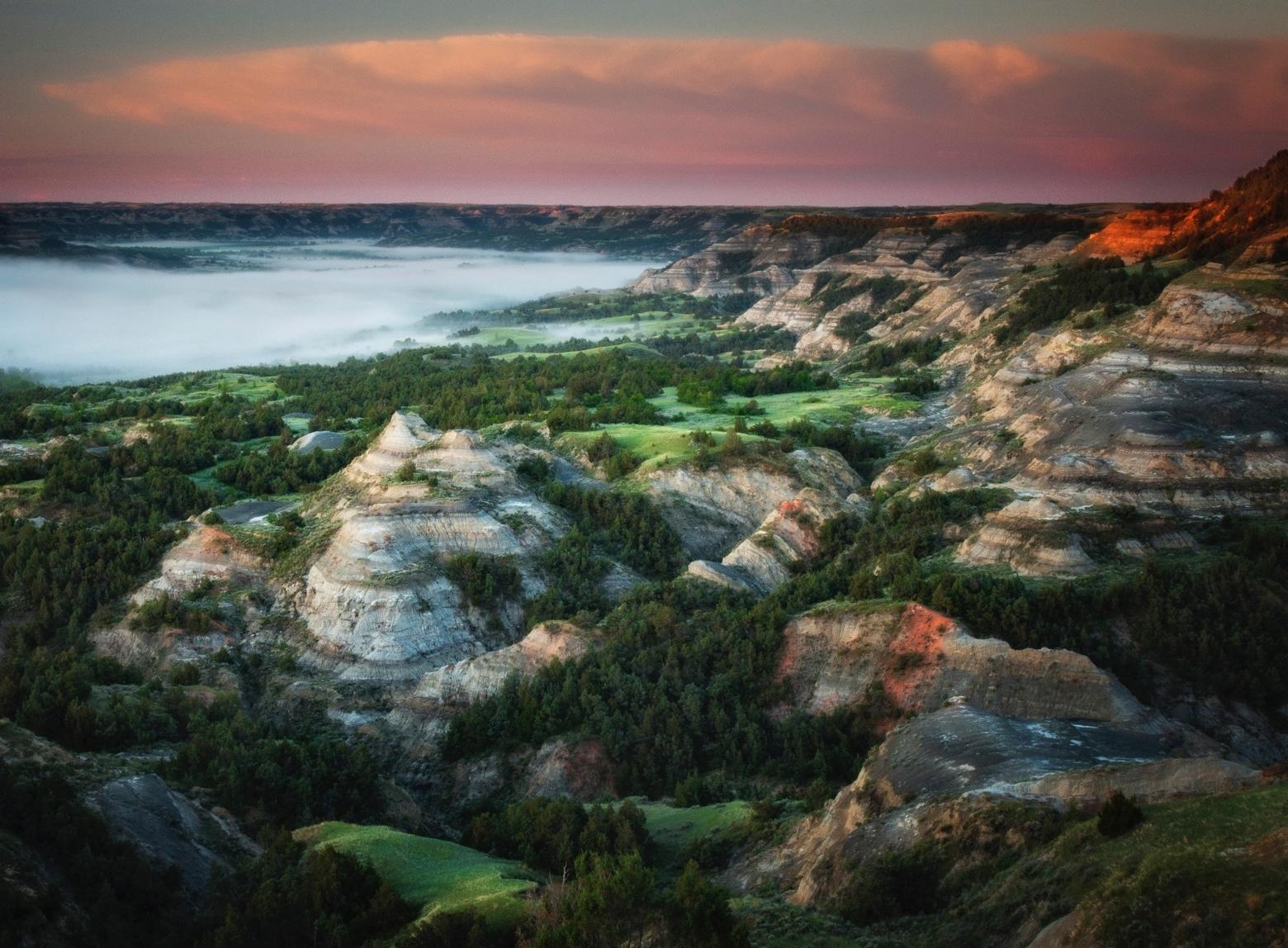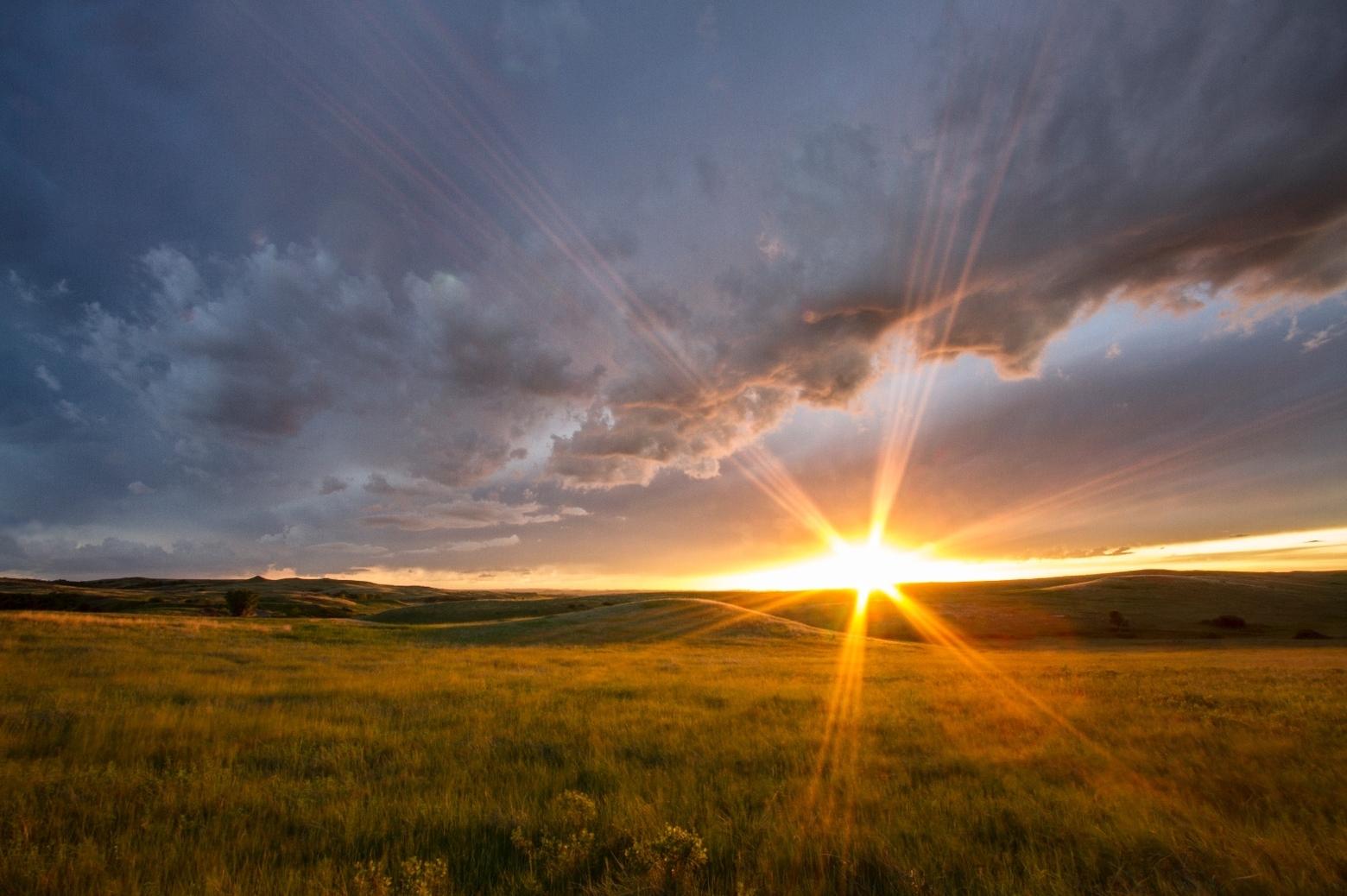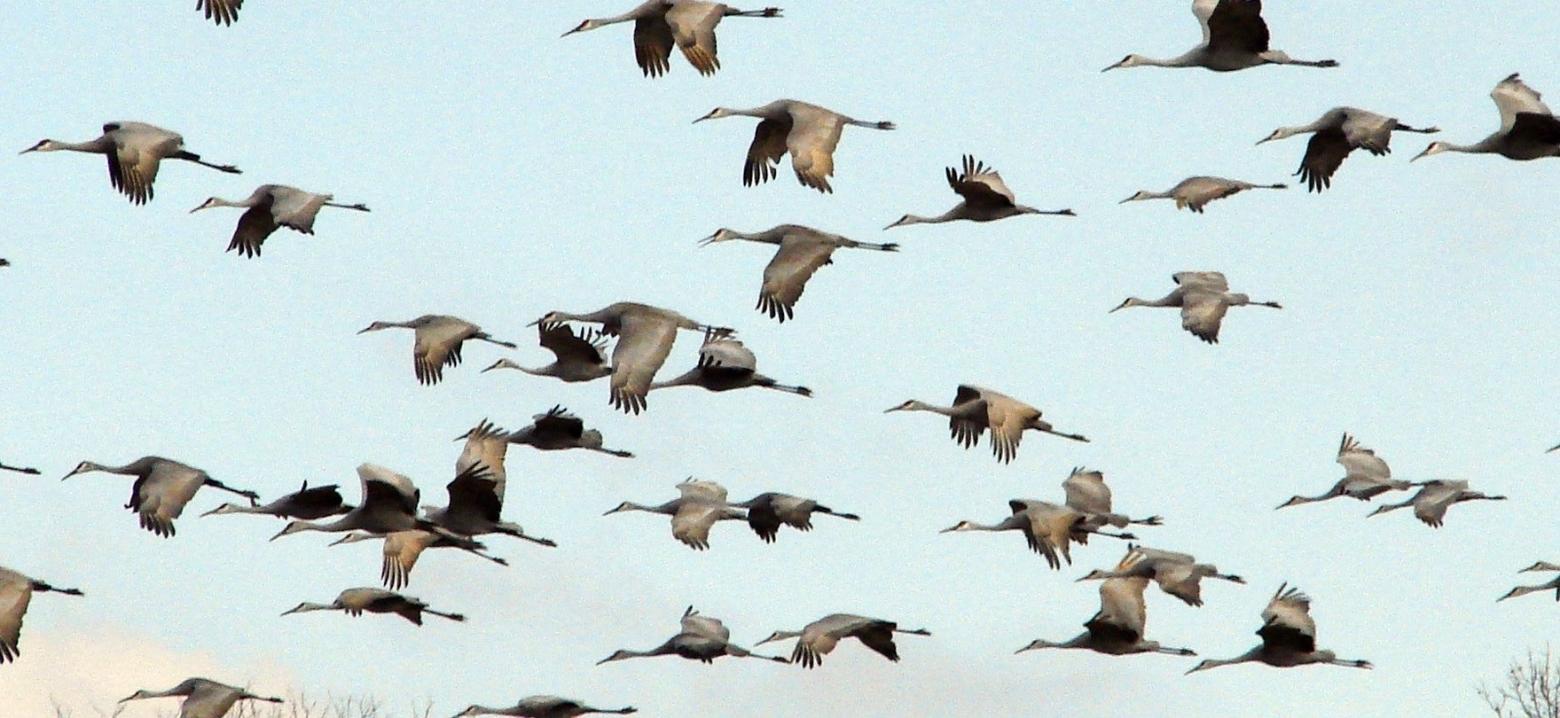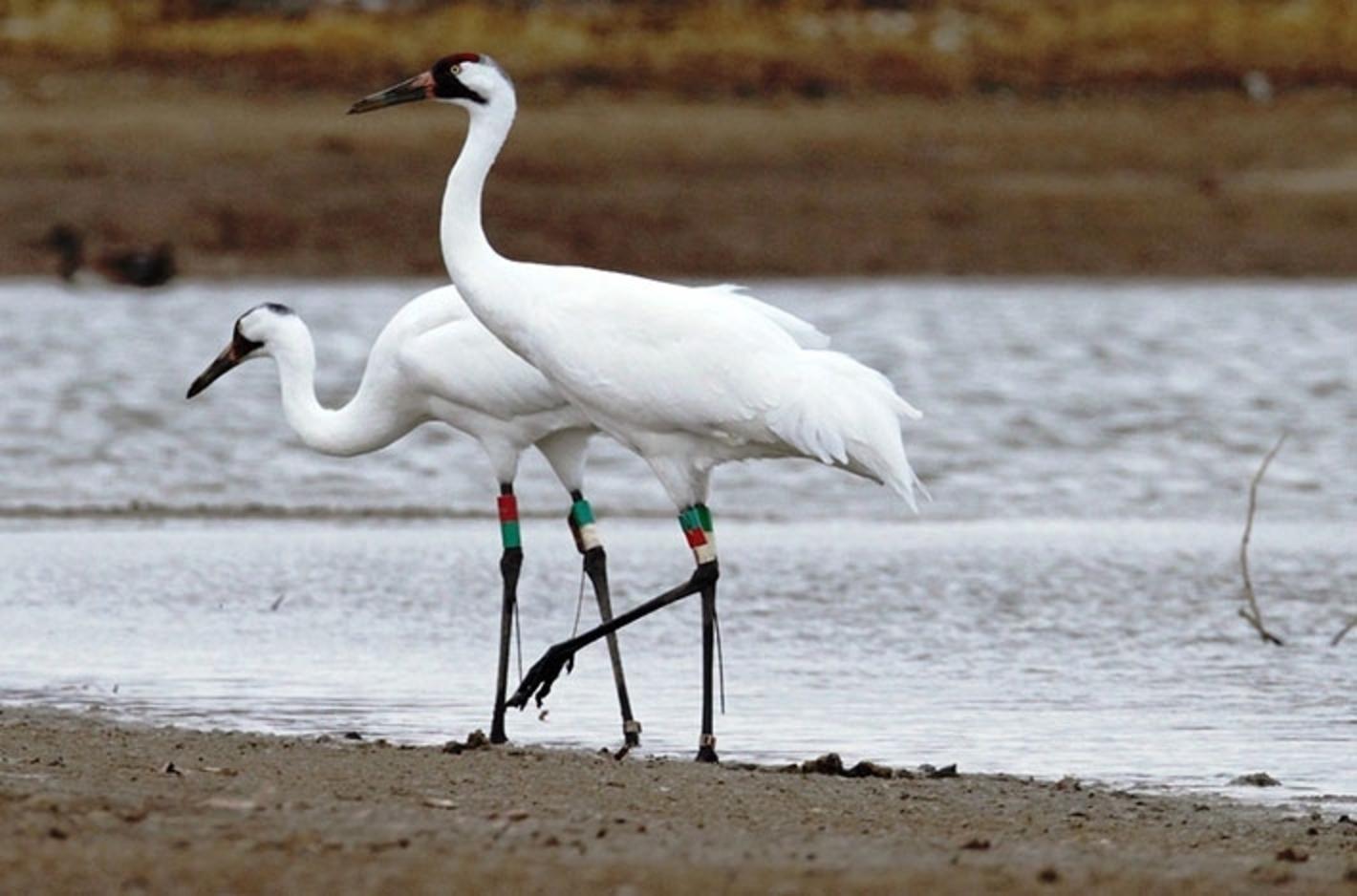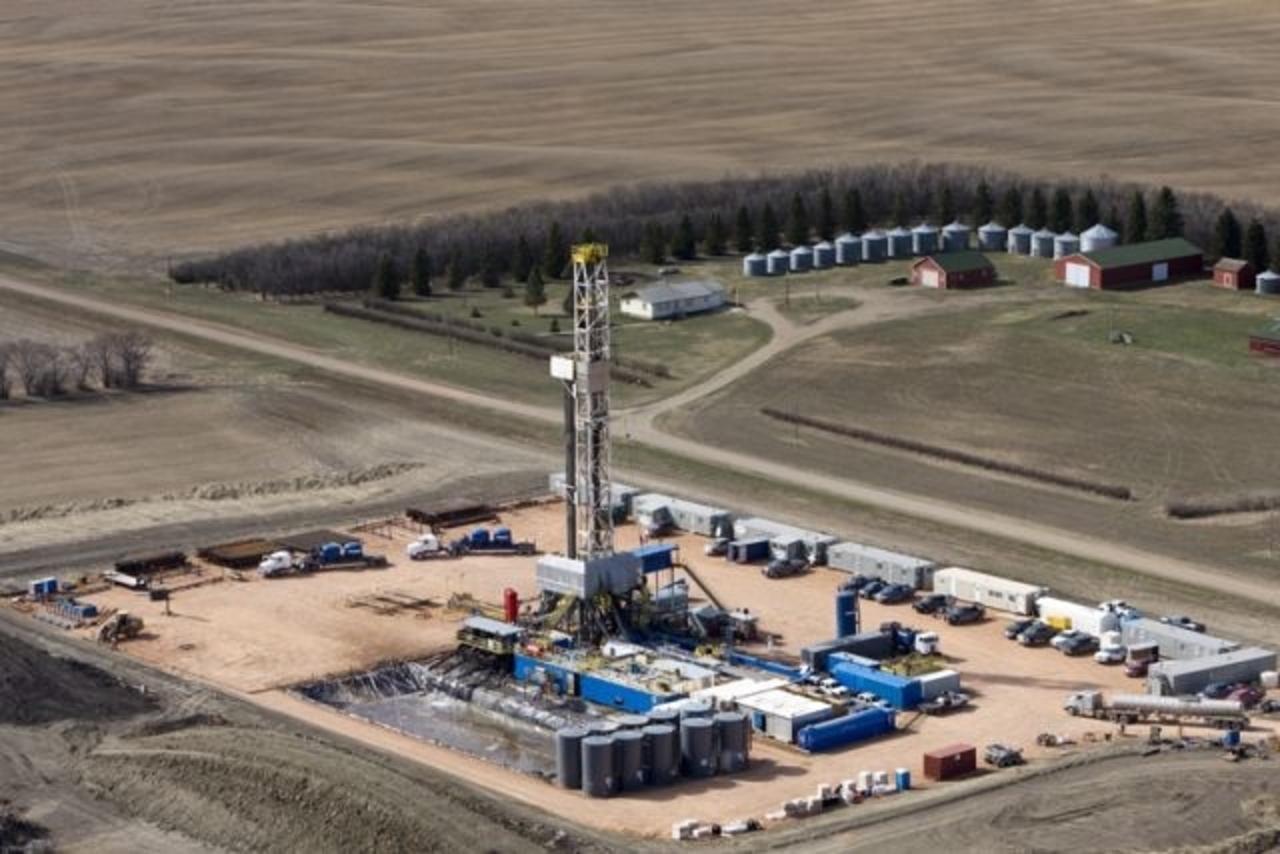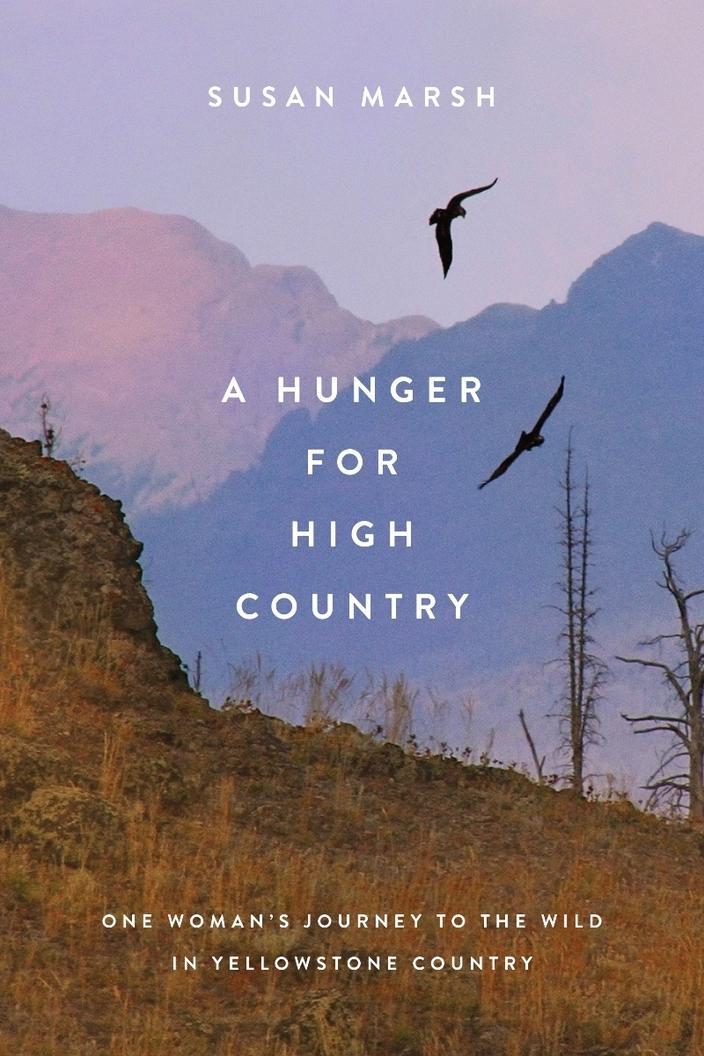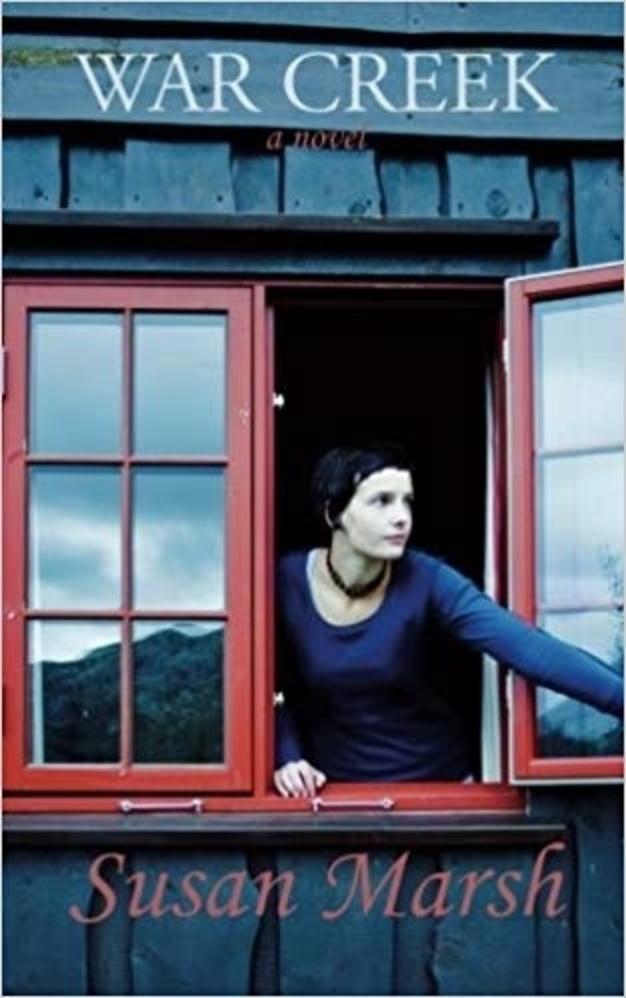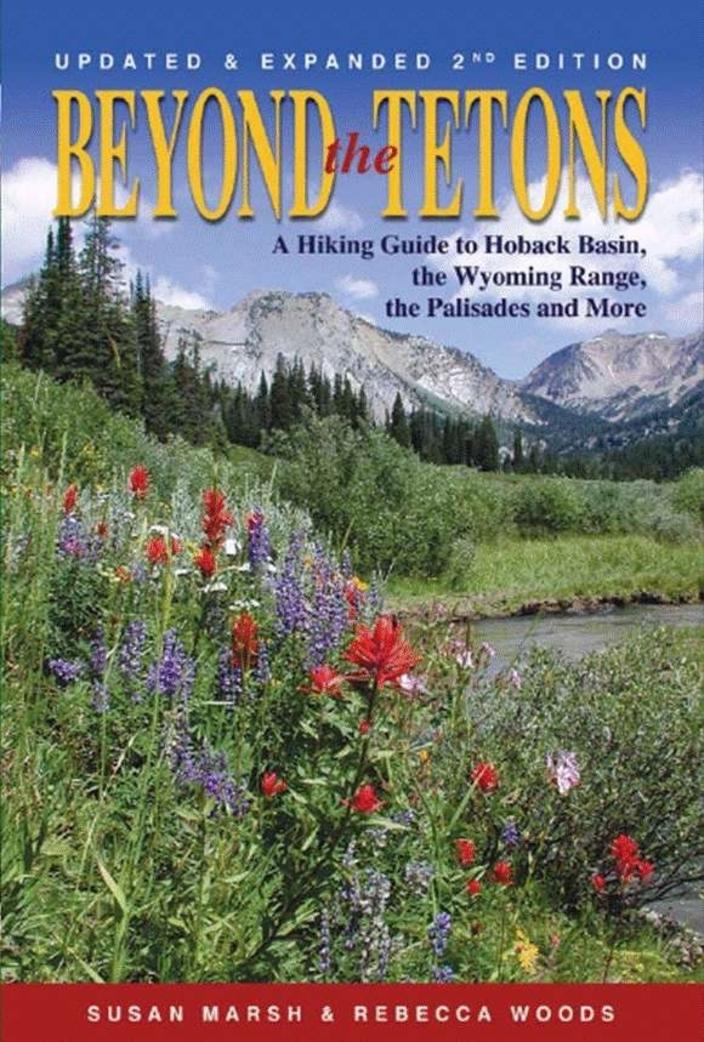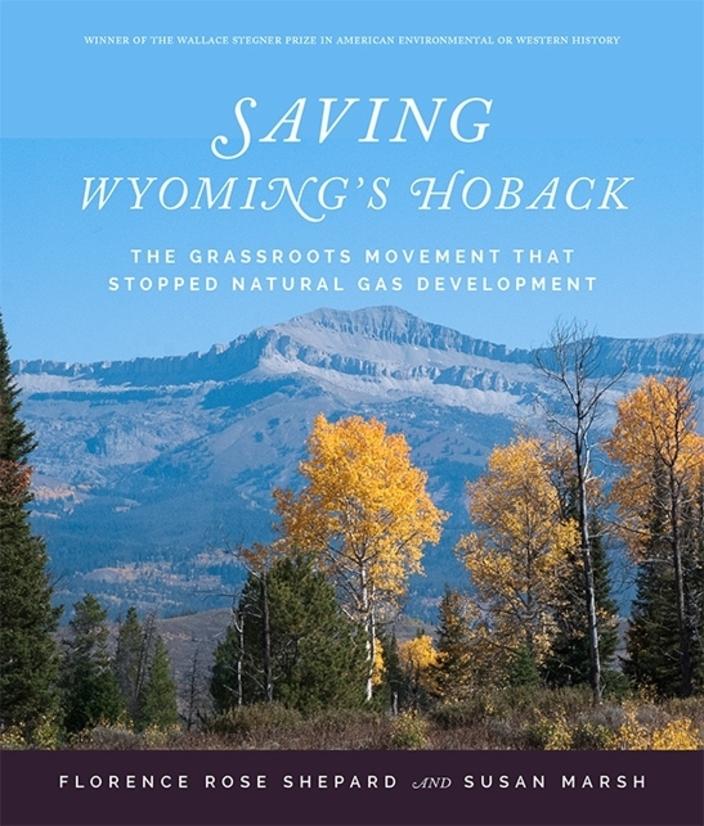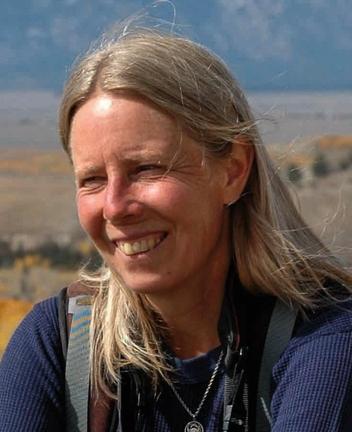Back to StoriesTeddy Loved NoDak: Land Of Prairie Light, Space And Multitudes Of Migrating Avians
December 3, 2018
Teddy Loved NoDak: Land Of Prairie Light, Space And Multitudes Of Migrating AviansBefore the Bakken made fortunes and a mess of the landscape, Jackson Hole naturalist Susan Marsh discovered a different kind of majesty
On a snowy October afternoon my husband, Don, and I waited in line for the snowplow to clear Sylvan Pass, the over and through the Absaroka Mountains route between the east gate of Yellowstone National Park and the road to Cody, Wyoming. We were among the last travelers to sneak through Yellowstone from Jackson en route to the historic town founded by Buffalo Bill before the roads closed for the winter.
Since we had time to leave the truck we did so, leashing the dog so he could sniff around and pee. Others milled beside their vehicles, hands in pockets, kicking ice from wheel wells. Among them were the familiar faces of two U.S. Forest Service friends who had recently transferred to the Shoshone National Forest from Jackson.
We chatted for a minute about their new jobs and so on, then Susie asked, “Where are you guys headed?”
“North Dakota,” Don said.
She gave him a hard look. “On purpose?”
Hers was the first of many similar smug reactions we would come to expect when we told people we were spending vacation time in one of the big flat square states when we lived in a mountain paradise. When we reached Williston, North Dakota, the gas station clerk peered at us from behind her wide glasses and asked why on earth we wanted to leave Jackson Hole.
As if she didn’t know. The town’s motels welcomed dogs during pheasant season. This was years before the oil and gas boom in the Bakken, so we provided a large chunk of the then-sleepy town’s bread and butter.
The truth was I didn’t want to leave Jackson. Colors in the aspen stands remained vibrant and I was, as usual, tireless in my efforts to see and photograph every gold and orange leaf. But when husbands insist wives go along, I determined to make the best of the coming week on the Great Plains.
I expected wind, cold and boredom. I brought notebooks for writing and plenty to read—even the ‘style issue’ of The New Yorker which held little interest for me. Camera and binoculars and a bird book that included species not seen west of the Continental Divide.
Little did I know as we sped across Montana that we were headed to the land of space and light. I’d never seen a prairie that extended in all directions beyond the curvature of the earth.
Little did I know as we sped across Montana that we were headed to the land of space and light. I’d never seen a prairie that extended in all directions beyond the curvature of the earth.
Used to views and sunsets truncated by mountains, it didn’t register until I left the truck for a stretch break that the line of clouds overhead, sweeping in an enormous arc between far horizons, marked the jet stream. South-bound flocks of Canada and white-fronted geese had a better look than I did, a sky beyond the horizon and sunlight all day while low clouds drifted beneath them. Theodore Roosevelt had been left enraptured by it, too.
At the western edge of North Dakota, the Missouri River slackens into a reservoir as long as the state. Having paddled the Big Hole, Madison and upper Missouri, I thought I knew that river, at least at its headwaters. Far downstream, it backs into mudflats and reed grass sloughs and isolated ponds surrounded by coverts of cottonwood and ash. Along the hedgerows, silver buffaloberry embroiders stubble fields with clusters of bright red fruit.
There is topography here after all, but it’s subtle. The highest point in a given view is the radio tower topped by its blinking red lights.
° ° °
On our first morning out Don carried a shotgun and I brought binoculars. The fall waterfowl migration along the Central Flyway was at its peak, and clusters of songbirds chattered ahead of us, hopping tree to tree. Hundreds of blackbirds and starlings gathered to zip over the fields in unison, inventing ever-changing black formations against the pale straw stubble. We were close enough to hear the whisper in their wings as they turned and wheeled. This cloud of bird bodies is called a murmuration and their wing sound is a susurration. To witness both at the same time is riveting.
As much as the starlings enchanted me it was the long-distance travelers I hoped to see, birds whose names echoed the far-flung wildernesses of the North: tundra swans and snow geese from the Arctic Ocean. Widgeons and gadwalls from the Canadian tiaga. And from Alaska and Siberia, cranes.
We walked the hedge rows and my senses walked the sky. Low bluffs beside the river crouched under its depthless blue, the land a mere foil for the drama above where the brassy light of autumn played among the clouds.
All morning the sky demanded my attention, beginning before dawn when I shivered under the stars making coffee. A blood-red line, drawn with a feather quill, etched the eastern horizon. It gradually resolved into a pale seam of light with long inky clouds stacked above. I sipped coffee from a metal cup and watched form and color seep into the Missouri River backwaters. The ruddy streak grew brighter and bled into the clouds. Their fringes glowed like embers as sunrise approached. The sun cleared the fields a full hour after that pencil-line of red appeared.
All morning the sky demanded my attention, beginning before dawn when I shivered under the stars making coffee. A blood-red line, drawn with a feather quill, etched the eastern horizon. It gradually resolved into a pale seam of light with long inky clouds stacked above.
By noon, cloud tatters raced for the horizons. The wind was strong and from the north, tugging at the butter-colored leaves of plains cottonwood, sending them cartwheeling over the stubble. We ate a hurried lunch in the lee of a head-high cylinder of baled wheat straw, the sun warming our faces, a cold eddy of wind at our sides.
We stood to gather our gear and I paused, listening. Distant wind-torn notes tumbled out of the vacant blue: the north wind had brought cranes.
I strained to see movement through binoculars as I imagined a long silver V in the sky. Finally I spotted them, much higher than I had expected. It sounded like many but I saw only a dozen, flying in an irregular diagonal line. They passed quickly with the wind behind them, and disappeared into a dazzle of sunlight.
Their passing must have been a signal, for more voices followed. A flock of two hundred lifted from the cattails. Another hundred appeared from the northwest. More and more cranes seemed to materialize from the air itself. Trills and warbles tumbled up and down the scale, their wild music falling all around me as the sky filled with long graceful birds, necks and legs outstretched, wings held out like sails. Their voices multiplied and built into a cacophonous uproar.
I scanned each flock, hoping to spot a white one. A handful of whooping cranes hangs at the edge of extinction, hunted to the last few for the feathers that once graced fashionable ladies hats. The survivors migrate with the sandhills over this part of North Dakota.
Pairs and clusters of cranes lifted from the direction of the river. They spiraled up to meet the flocks and converged into a slowly rotating vortex, a reverse-tornado of cranes. Suddenly they broke into galaxies of a hundred or so, each still circling with the climbing mass.
The lowest-flying cranes looked close enough to touch. High above, the birds they followed blinked on and off, alternating between transparent silver shreds and gray silhouettes as they caught sunlight in their wings then soared into their own shadows.
The highest ones vanished entirely for a few seconds as if absorbed into thin air. Below them, curtains of cranes passed in and out of one another, a slow-motion murmuration.
I began to see the complex pattern in their movement: for minutes they circled as one then suddenly fell into apparent disarray as if they’d lost their places. Cranes veered every which way but somehow avoided flying into each other.
My aching neck forced me to look down for a moment during which time the column of cranes had reformed. Maybe they were sorting out the hierarchy of who flew first.
Maybe they were giving the leaders a rest, like a line of skiers breaking trail. The cranes followed a path no one can see, but the thermals they climbed and the altitude where the wind was best were clearly marked on their map.
At a gusty signpost beyond my vision, the intermittent dark specks at the top of the spiral snapped into a straight line and poured southward. The wind pulled them out of the column like a draft snags a wisp of smoke.
The last of the great spiral reached altitude and the cranes arranged themselves in a pattern of interlocking chevrons, an airy net thrown across the sky. They shot for the southern horizon with astonishing speed until they were no more than a tiny cluster. Someone glancing up just then might note the faintest wisp of a cloud: knowing it was a thousand cranes kept me staring and squinting until long after it vanished.
I imagined being one of those travelers, looking down on dun prairie fields, the river gleaming in the sun, horizons slanting as we circle upward on the invisible trail.
From migration altitude, the earth gently curves under my wingtips. The sky is boundless, but the trail we take is familiar, well-worn by cranes stretching backward into prehistoric time. I feel winter at my nape, the hiss of air among my feathers. Flying is effortless, a joy. We ride the wind to Texas.
The cranes gone for the day, I followed Don along the domesticated, earth-tethered hedge rows as he stalked birds from China which can barely fly. I walked at the edge of a hayfield, my spirit riding the wind.
Before we left home we listened to a news cast having to do with crop damage and Idaho barley farmers calling for a crane hunt. The young woman who announced this news did not waver from her bright, enthusiastic delivery, as if she were announcing a party.
Don snorted, “How much barley can a crane eat?”
How much of the world’s beauty do we miss, seeing other forms of life only through the lens of utility? We once found whoopers useful for their plumes. Did no one notice how beautiful the plumes were on the cranes themselves?
How much of the world’s beauty do we miss, seeing other forms of life only through the lens of utility? We once found whoopers useful for their plumes. Did no one notice how beautiful the plumes were on the cranes themselves?
In Idaho, cranes eat barley to the dismay of farmers; in North Dakota farmers plant it for the pheasants. And the cranes.
Greater Yellowstone, straddling the central and Pacific flyways, offers habitat for cranes. Grays Lake National Wildlife Refuge hosts sandhills in their hundreds, an important stopover during migration and the perfect place to raise a family. The refuge offers such fine habitat that it was used to rear whoopers for a time. While some successfully fledged in the care of sandhill foster parents none established their own nests, and the experimental project was abandoned.
Other attempts to boost the populations of whooping cranes proved equally disappointing. In a significant gamble for a species as rare as this, wildlife managers took nearly three hundred eggs from wild whooper nests over a period of roughly 20 years. For a while it looked hopeful as the Rocky Mountain population reached a high of 35 birds in 1985.
By 2000, only two remained and I can find no verified reports of any since. Nesting success, predation and other factors played a part in the demise of these whoopers, but according to a National Park Service report, the main problem, especially the juveniles migrating for the first time, is power lines.
A major line crosses the Missouri just south of Williston. Walking underneath it can break your heart. Carcasses of cranes, pelicans, and other birds lie in various states of decomposition, having hit the unmarked line. We found the skeleton of a large bird there one day, having a few white feathers and a long straight bill. When we reported it to the local game warden he was skeptical. “It was probably just a pelican,” he said.
We went to the Dakotas again after that first trip, but the oil boom had begun, transforming the land and the small farming communities that dotted it. We both knew we’d likely not return.
We spent our last afternoon watching the cranes. They were as mesmerizing as they’d been the first time. One formation of about fifty passed over, and we saw that it had an addition on one leg of the V – a whooping crane. Slightly larger than the others, it was brilliant white in the October sun, black wingtips making that white seem even brighter.
I lowered my binoculars, eyes brimming. For the first time, I had seen a living, wild whooping crane. Would I ever see one again?
Before people occupied the land and shot the whoopers nearly to extinction, how many had filled the sky? That North Dakota sky, all light and space and wind, is one meant to hold migratory birds by the millions. At dusk, its fading violet is a cloak of mourning for an unspoken loss. At sunrise, the sky will bleed again, and open its arms wide for the passing of tomorrow’s cranes.
EDITOR'S NOTE: this piece is an updated essay, adapted from one published in North Dakota Quarterly, Fall 1996 issue. Since this is the holiday season, Mountain Journal strongly recommends that readers consider books by columnist Susan Marsh, which make great gifts. If you're smitten by her columns, you'll love Marsh's award-winning books:. You can find them at your favorite local bookseller (always great to support them).

